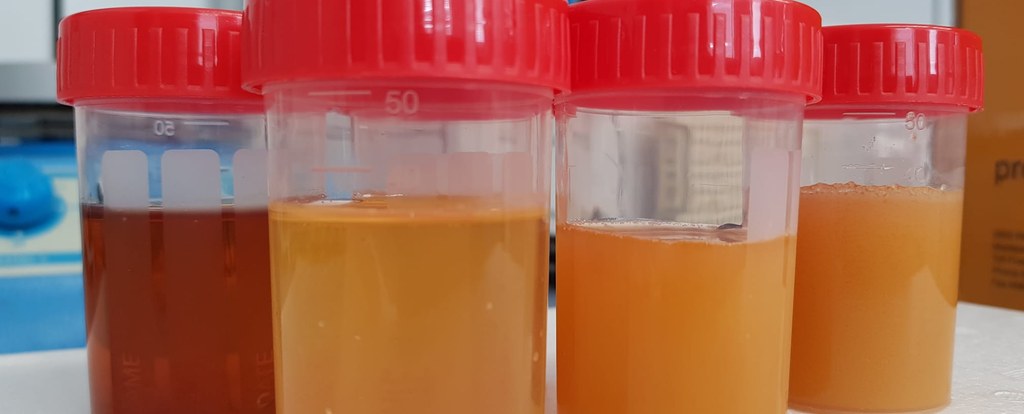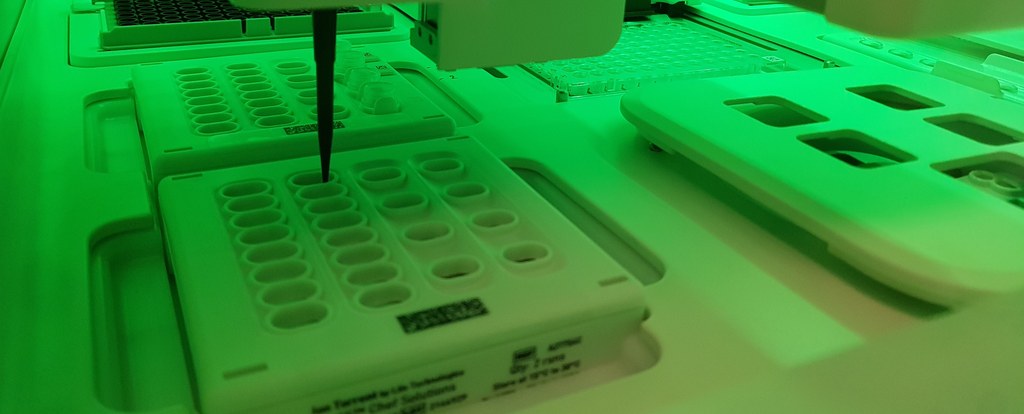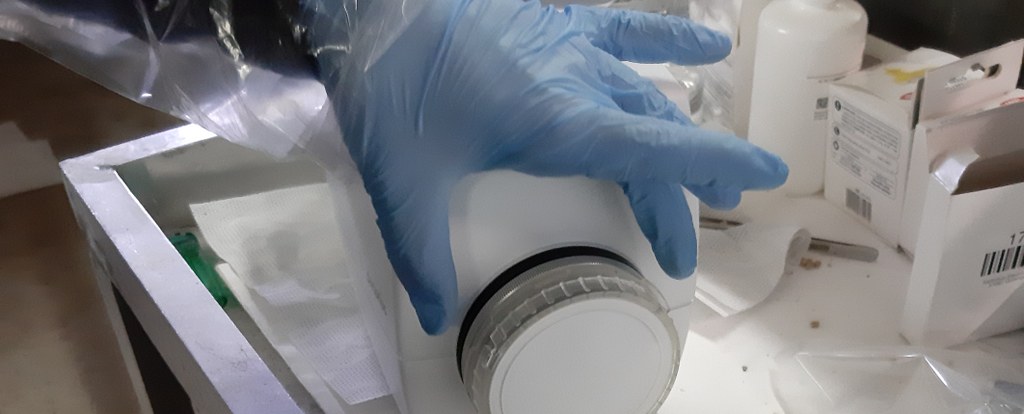RESEARCH INTERESTS
They include the application of genetics, genomics, metagenomics, metabolomics and phenomics in the animal production sector, for breeding, selection and conservation programs of animal genetic resources, for food authenticity, for environmental characterizations and One Health approaches.
- Identification and analysis of mutations in candidate genes for meat quality and production traits in pigs. These research activities have as main objectives the study of candidate genes for meat quality and production traits in Italian heavy pigs in order to identify DNA markers useful for marker assisted selection plans. The considered traits are the following: glycolytic potential, cathepsin activity, backfat thickness, intermuscular fat, lean meat percentage, and average daily gain. Identification of mutations is carried out in silico mining DNA databases (in collaboration with the Biocomputing Group, University of Bologna) and by sequencing. High throughput genotyping platforms are used to analyse these polymorphisms in different pig populations. Association studies are carried out with appropriate statistical models, including genome wide association approaches. This activity is carried out in collaboration with Associazione Nazionale Allevatori Suini (ANAS).
- Gene expression analysis for the identification of genes affecting meat quality traits: study of the post mortem skeletal muscle gene expression in pigs. To evaluate the possibility to use porcine post mortem skeletal muscle gene expression or gene stability as potential indicator of meat quality traits, several post mortem times are investigated using Affymetrix microarray chips.
- Identification and analysis of QTL and QTG for milk production and quality traits in Italian Dairy cattle breeds. This research line is towards the identification of QTL (Quantitative Trait Loci) and QTG (Quantitative Trait Genes) for milk composition (protein and fat percentage), milk somatic cell count and milk yield in the Italian Holstein Friesian breed. The study is based on the use of the daughter design and the milk selective DNA pooling strategy in order to reduce the cost of genotyping. Identified QTL and QTG are also investigated in other dairy and dual purpose Italian cattle breeds.
- Identification and study of genes affecting coat and feather color in livestock. The species included in this research program are farm animals such as cattle, pig, sheep, goat, rabbit and avian species as well as wild species. The basic biology of coat colour determination is of interest as well as the application of the results for breed traceability.
- Development of new systems for food product characterizations, authentication and traceability. This research activity includes: i) the application of genomics, metagenomics and transcriptomics for the characterization of food products; ii) the use of metabarcoding approaches for the authentication of animal and plant products and honey; iii) the use of tracers of plant, animal or microbial origin are used to label in appropriate way animal products. DNA of the tracers can be used to trace and authenticate the products (patented); iv) the identification of DNA markers for breed traceability of mono-breed products.
- Studies of animal models for human complex genetic pathologies. Two animal models are included in this research activity: the pig as a model for human obesity and the rabbit as a model for enteric neuromuscular dysfunction.
- Application of genomics in the rabbit. The study includes: i) candidate genes are selected mainly on the basis of their putative effects on muscle mass, growth rate, reproduction parameters and disease resistance; ii) genome wide association studies for several production traits; iii) analysis of the rabbit genome for structural mutations and NUMTS integration. The studies are carried out in collaboration with Martini Group.
- New sex determination DNA based methods in animals. Genes on sex chromosomes are studied and new DNA based based for sex determination are developed.
- Analysis of Copy Number Variation in the livestock genomes. Copy Number Variations (CNVs) at the genome wide level are identified using array comparative genome hybridization (aCGH) and high throughput SNP genotyping using Illumina platform. CNVs are confirmed using other techniques and using for association analysis with phenotypic traits and in population genetic studies.
- Next Generation Sequencing. Application of Next Generation Sequencing technologies at different levels: developments of new protocols and approaches to study microbial and livestock genomes; applications in different biomedical fields.
- Metabolomics in livestock. Development of methods to analyse metabolites and metabolome characterization of livestock using several targeted and untargeted approaches.
- Genome Wide Association Studies in livestock. Use of high density SNP chips in pig and cattle to identify chromosome regions and genes associated with production traits.
- Sequencing and ri-sequencing of genomes in livestock and game-species. Use of Next Generation Sequencing technologies to obtain information about the variability of the genomes within species. Production and analysis of RNA-Seq and microRNA-seq data.
- Selection signature in livestock and genomic inbreeding. Identification of genomic regions under selection in farm animals. Methodological aspects to calculate genomic inbreeding coefficients.
- Biodiversity in livestock. Characterization of breeds and populations with next generation sequencing data.
- Genomic Selection in livestock. Implementation of new methods and strategies for the application of genomic selection approaches in pigs.
- Microbiota analysis in livestock. Characterization of microbiota in animals by using next generation sequencing approaches. Association with genetic variability of the host.
- Study of domestication processes in farm animals. Analysis of evolutionary processes that have contributed to the domestication of farm animals starting from wild counterparts.
- Environmental DNA (eDNA) studies. Application of metagenomic approaches for the characterization of environmental signatures, including the analysis of plant-sucking insects in agricultural and forest lanscapes.
- Pig male castration. All aspects related to pig castration, including alternatives to the surgical castration and related problems including husbandry and genetics aspects.
- Apiculture genomics. Honey metagenomic analysis to identify environmental DNA markers. Genomics of parasites and pathogens of the honey bees. Authentication of honey based on DNA markers of botanical, entomological and geographic origin.


